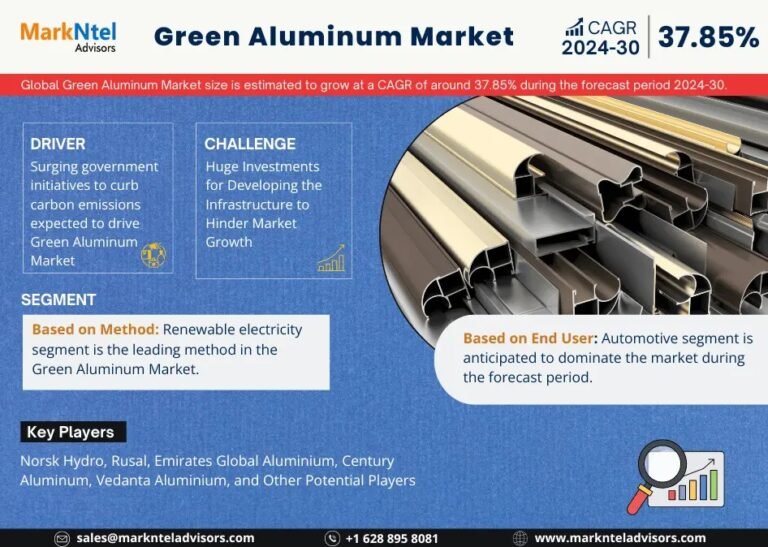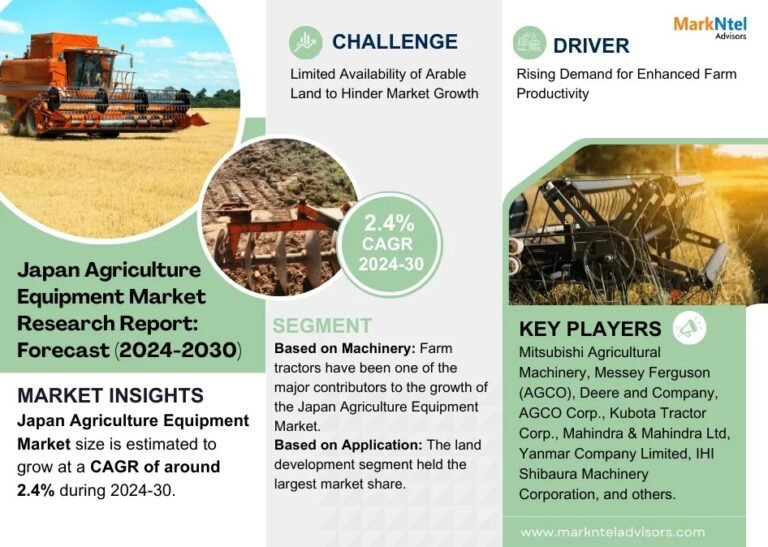In industries that handle fuels, chemicals, or hazardous fluids, safety and precision are non-negotiable. One small leak or spill can result in major hazards, environmental damage, and financial loss. That’s why choosing the right dry break coupling is a crucial decision for any operation involved in fluid transfer.
Whether you’re working in aviation refueling, fuel logistics, chemical plants, or industrial fluid handling, this guide will help you select the dry break coupling that best fits your needs.
What Is a Dry Break Coupling?
A dry break coupling is a specialized connection device designed to prevent fluid spills when connecting or disconnecting hoses or pipelines. Unlike traditional couplings, these units feature automatic shut-off valves that close instantly upon disconnection, keeping both sides sealed and minimizing exposure.
They’re commonly used in:
-
Aviation and marine fuel systems
-
Chemical and solvent transfers
-
Tanker loading/unloading
-
Industrial and environmental operations
1. Identify Your Fluid Type
Not all dry break couplings are made the same. The type of fluid you’re transferring plays a major role in the choice of coupling.
Ask yourself:
-
Are you dealing with corrosive chemicals or flammable fuels?
-
Is the fluid highly viscous, like oil or resin?
-
Are there abrasive particles in the mix?
Depending on the answer, you may need couplings made from stainless steel, aluminum, brass, or with special seal materials like Viton, EPDM, or PTFE. Always match the coupling’s material compatibility with the fluid type to ensure longevity and safety.
2. Choose the Right Size and Flow Rate
Dry break couplings come in a variety of sizes, typically ranging from ½ inch to 4 inches. Choosing the correct size depends on:
-
Required flow rate
-
The size of your hoses or pipelines
-
Pressure conditions during operation
Smaller couplings are suitable for precision dosing or laboratory use, while larger ones handle bulk transfers like fueling trucks or transferring industrial chemicals.
A mismatch in size or flow can lead to inefficiencies, increased wear, or even hazardous situations.
3. Check for Safety Features
The most important benefit of a dry break coupling is operator and environmental safety. Look for features such as:
-
No-spill or minimal spill design
-
Automatic shut-off on both ends during disconnection
-
Pressure relief mechanisms
-
Locking or twist-to-connect mechanisms to prevent accidental disconnection
Make sure the coupling is easy to connect and disconnect, especially if it will be used in high-pressure or high-risk environments.
4. Consider the Operating Environment
Your workplace environment will influence what type of dry break coupling you should choose. Take into account:
-
Temperature extremes (hot/cold weather, steam, etc.)
-
Outdoor vs indoor installation
-
Exposure to dust, salt, or moisture
Some couplings are specially designed to resist UV degradation, chemical corrosion, or weather impacts, making them suitable for marine, mining, or outdoor fueling operations.
5. Maintenance and Ease of Use
Choose a coupling that’s easy to maintain, especially if it will be used frequently. Some models are designed with quick-access seals, while others may require tools for servicing. Consider:
-
How often does the coupling need inspection
-
Whether spare parts or seals are easily available
-
Downtime costs in case of repair
Simple, rugged designs often last longer and perform better with minimal maintenance.
Final Checklist Before You Decide
-
Here’s a quick checklist to help you choose the right dry break coupling:
-
Confirm the fluid type and chemical compatibility
-
Select the right material (metal/seal) for your application
-
Match the size and flow rate to your system
-
Evaluate safety and shut-off features
-
Check operating temperature and environment
-
Ensure ease of connection, disconnection, and maintenance
Final Thoughts
In industries where fluid control is critical, the importance of the right dry break coupling cannot be overstated. It’s not just about connecting hoses—it’s about protecting people, the environment, and your equipment.
By taking time to evaluate your needs carefully and following the points outlined above, you’ll be able to make a smart, safe, and cost-effective choice for your fuel or chemical operation.
Need help implementing these solutions? Speak to a professional supplier with experience in your industry—they can guide you with tailored advice based on real-world applications.





